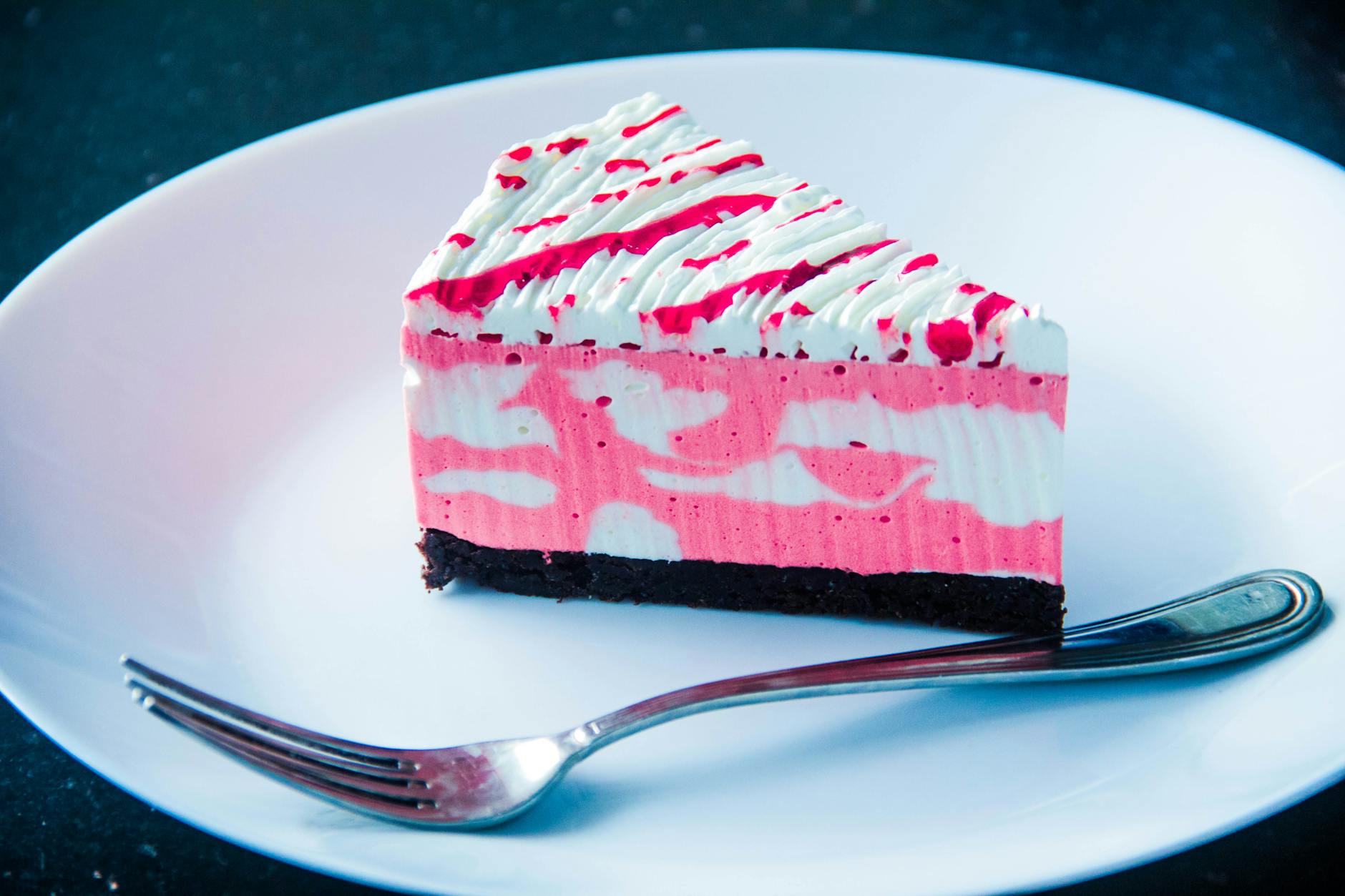
To Begin
Angel food cake, with its delicate texture and heavenly taste, is a dessert that captures the hearts of many. This light and airy cake is an absolute delight, perfect for any occasion or just as a treat to satisfy your sweet tooth. What sets angel food cake apart from other cakes is its unique recipe, which does not include butter, fat, or egg yolks. Instead, it relies on the magic of egg whites to create its signature fluffy texture.
In this article, we will dive into the world of angel food cake and explore how to make the perfect homemade version. From understanding the importance of each ingredient to mastering the mixing techniques required for success, we will guide you through every step of the process. So get ready to indulge in a slice of heaven as we uncover all there is to know about this quintessential dessert.
Ingredients: The Building Blocks of Angel Food Cake
To create an exquisite angel food cake, you only need six simple ingredients. Although they may seem minimalistic, each one plays a crucial role in achieving the desired taste and texture. Let's take a closer look at these foundational elements:
Granulated Sugar: The recipe begins with granulated sugar, which serves as the primary sweetener for the cake. To ensure a smooth consistency, pulse it in a food processor until it becomes superfine sugar.
Cake Flour: Unlike all-purpose flour that can result in a dense and bread-like texture, angel food cake requires cake flour—a low protein flour that yields a tender crumb.
Egg Whites: The star ingredient of angel food cake is undoubtedly the egg whites. These are responsible for providing structure and leavening without the need for baking powder or baking soda.
Cream of Tartar: To stabilize and enhance the whipped egg whites' volume and structure during baking, cream of tartar—a common baking ingredient—is added.
Vanilla Extract: To elevate the flavor profile of the cake, a touch of vanilla extract is incorporated. This simple addition adds depth and richness to the overall taste.
With these carefully selected ingredients in hand, you're ready to embark on your angel food cake-making journey.
Mixing Techniques: The Key to Angel Food Cake's Success
Now that we've familiarized ourselves with the essential ingredients, it's time to master the mixing techniques required to create a perfect angel food cake. Each step plays a vital role in achieving the light and airy texture that makes this dessert so beloved. Let's break down the process:
Preparation: Begin by pulsing the granulated sugar into superfine sugar using a food processor. This ensures even distribution throughout the cake batter. In the same vein, combine the cake flour and salt in the food processor, pulsing them along with some of the remaining sugar. This step helps aerate and evenly distribute dry ingredients.
Whipping Egg Whites: In a separate bowl or stand mixer, beat egg whites and cream of tartar together on medium-low speed until foamy. Gradually increase mixer speed to medium-high while pouring in the reserved superfine sugar from earlier batches. Continue beating until soft peaks form—the mixture should be fluffy and malleable but not overly stiff.
Incorporating Vanilla Extract: Once you've achieved soft peaks with your whipped egg whites, gently fold in vanilla extract using a spatula or spoon until well combined.
Sifting and Folding Dry Ingredients: In three additions, sift small amounts of dry ingredients over the whipped egg whites mixture while gently folding them together after each addition. The goal here is to retain as much of the whipped volume as possible without deflating it entirely.
Pouring Batter Into Tube Pan: Transfer your batter into an ungreased tube pan—a baking pan with a flat bottom and straight sides specifically designed for angel food cakes—spreading it evenly. Greasing the pan would interfere with the cake's ability to rise properly.
Baking and Cooling: Bake the angel food cake at 325°F (163°C) until golden brown and a toothpick inserted into the center comes out clean. Once baked, cool the cake upside-down on a wire rack to preserve its shape and allow air circulation.
Releasing From Pan: Run a thin knife around the edges of the pan to loosen the cake, then tap it gently on the counter a few times to help release any stubborn areas.
Slicing: Finally, slice your angel food cake using a serrated knife for smooth and clean cuts that won't squash or compress its delicate texture.
By following these precise mixing techniques, you'll be able to create an angel food cake that is light as air and bursting with flavor.
Are you ready to create a fluffy masterpiece? Here's how!
- What is the topic of the article?
- Is the article consistent with its title?
- Does the article contain gibberish?
- Is the Introduction relevant?
- Is the Conclusion relevant?
- How long will it take to read the article in minutes?
In conclusion, angel food cake is truly a masterpiece of simplicity. With just six ingredients and careful mixing methods, you can create an ethereal dessert that delights both the eye and palate. The absence of butter, fat, and egg yolks allows this heavenly creation to shine in its own unique way, showcasing its fluffy texture and subtle sweetness.

Whether enjoyed on its own or paired with fresh berries and whipped cream, angel food cake is guaranteed to bring joy to any occasion. So why not indulge yourself in this light and heavenly dessert? With our step-by-step guide by your side, you're well-equipped to embark on your very own homemade angel food cake adventure—a journey filled with delightfully fluffy bites of pure bliss.
—myediblethoughts.blogspot.com